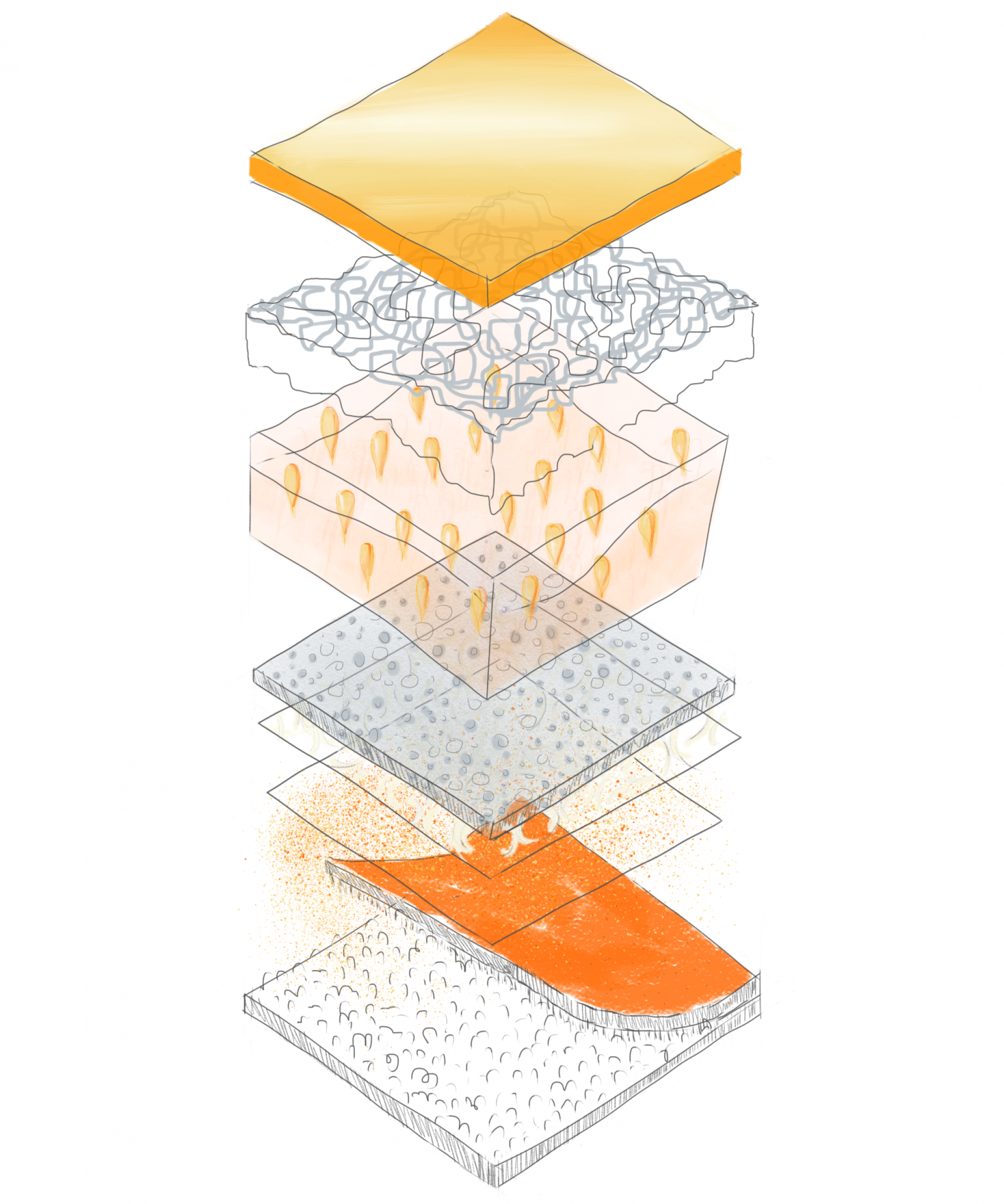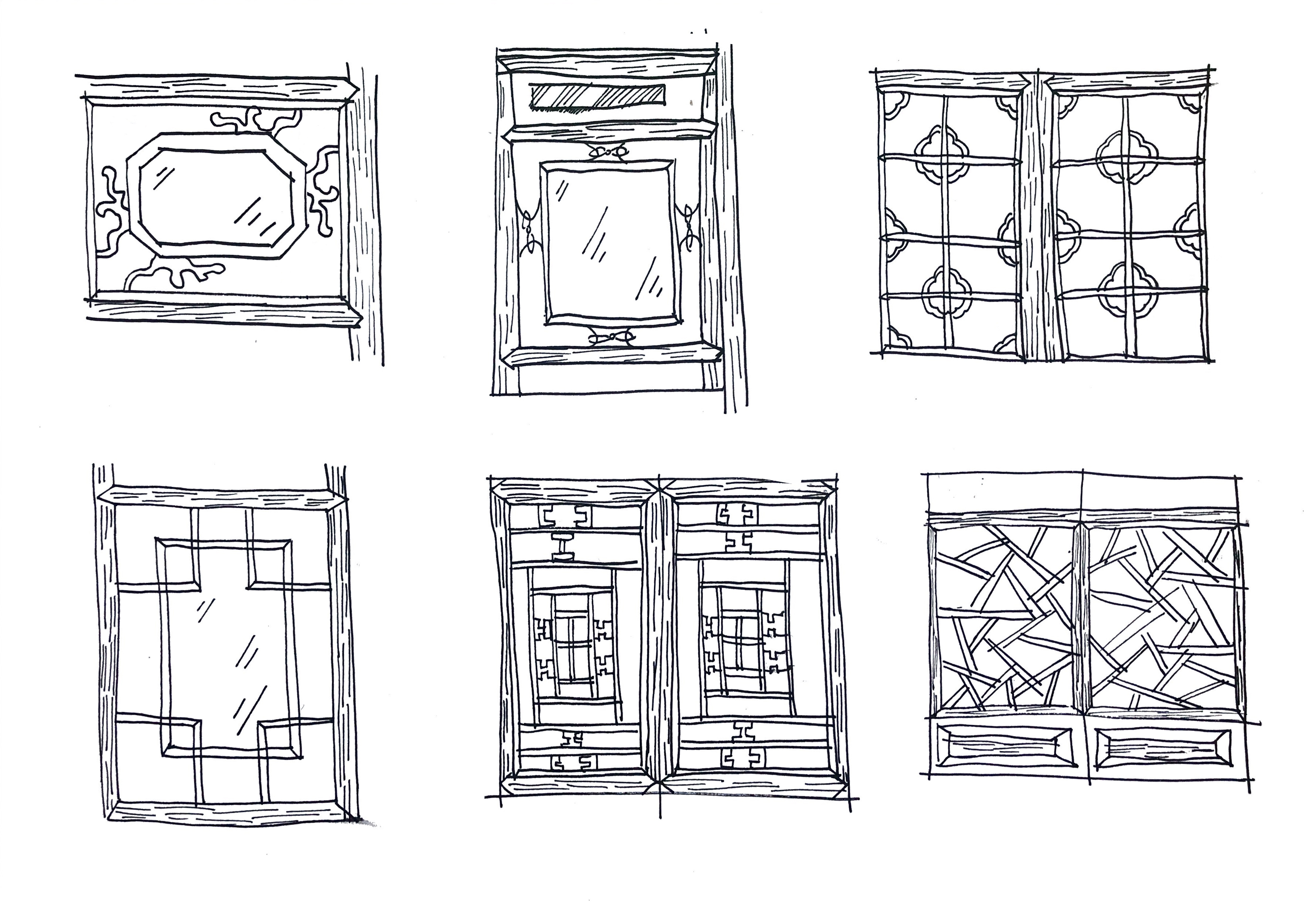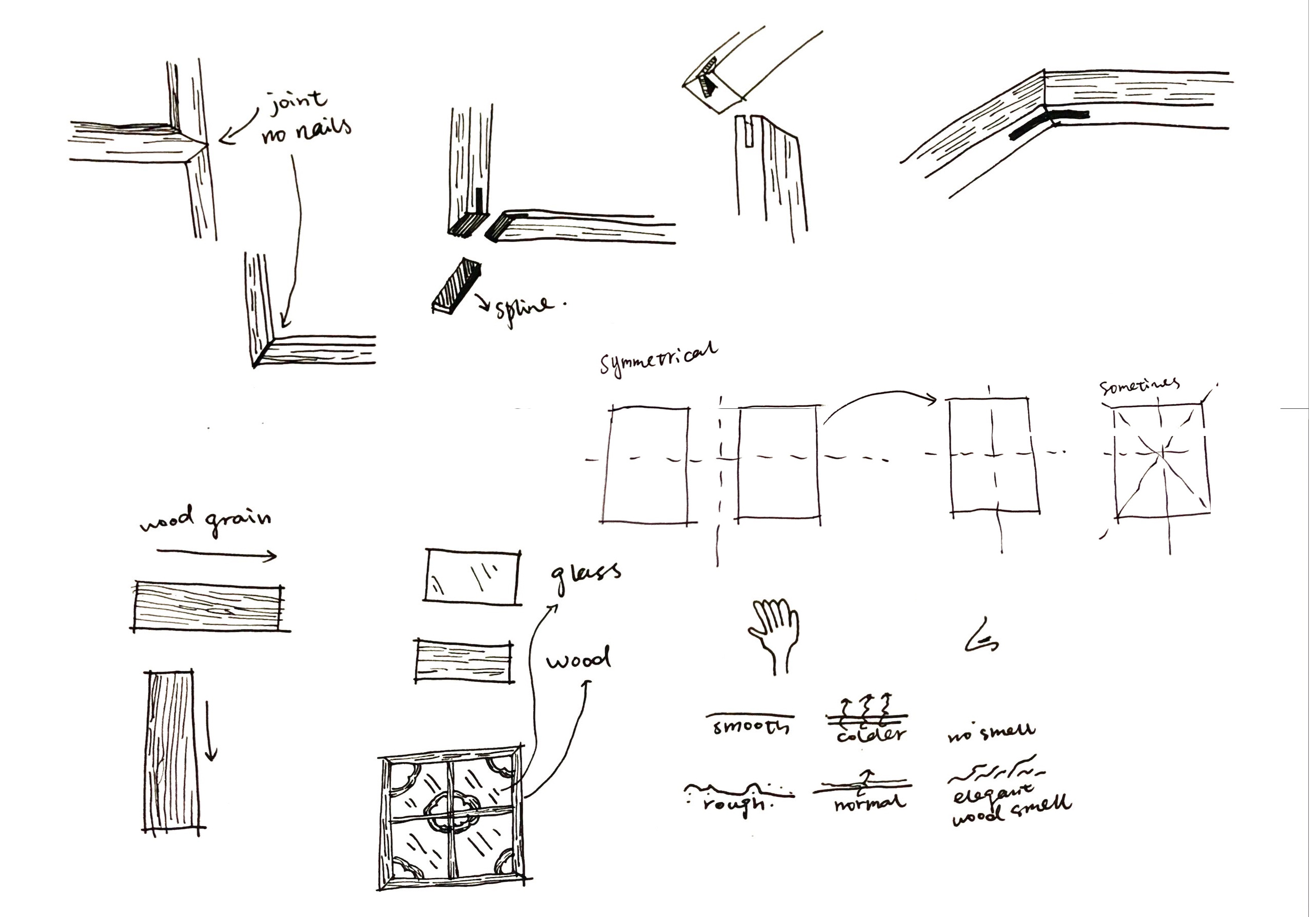5 cognitive resources of our senses what I learn from this course helps me to understand the senses’ characteristics. During the observation from vision, smell, taste, listen, touch, the natural cognitive method inspired me to explore people in different living condition. Especially, five senses study provides me a methodology when I design a public space, I know how to consider about handicapped people and people who are suffering chronic disease.
The digram shows different senses experiences different cognitive resources.
- Vision: Form, Structure, Color, Texture;
- Nose: Smell; Flavour;
- Gustation: Temperature, Form, Flavour, Texture;
- Auditory sense: Texture;
- Touch:Temperature, Form, Structure, Texture





























